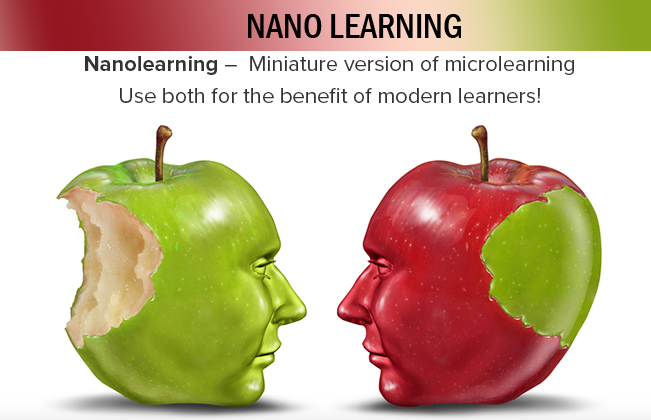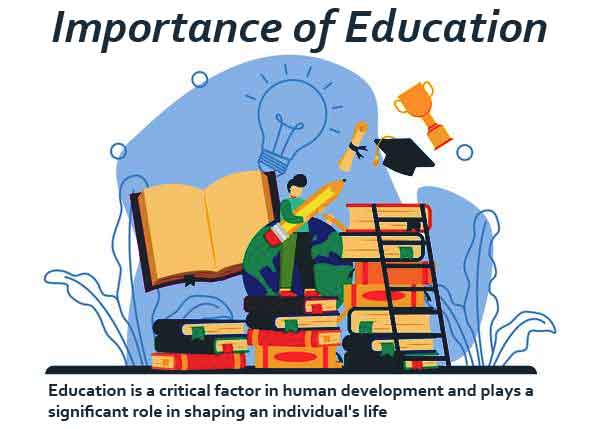Nano learning, also known as micro learning or bite-sized learning, refers to a form of learning that involves breaking down complex concepts or skills into smaller, more manageable units. These units can be delivered in short, focused bursts of information, often lasting just a few minutes, and are designed to be easily consumed and retained by learners.
The concept of nano learning is not new, but it has gained increasing popularity in recent years due to the proliferation of digital technologies and the changing nature of work and education. In today’s fast-paced world, learners often struggle to find the time and motivation to engage in traditional forms of learning that require them to commit to long periods of study. Nano learning offers a convenient and accessible alternative, allowing learners to fit their learning into their busy schedules and learn at their own pace.
Nano learning can take many different forms, from videos and podcasts to interactive quizzes and simulations. The key is that the content is delivered in short, focused bursts that are easy to digest and remember. Here are some of the benefits of nano learning:
- Convenience : Nano learning is designed to be delivered on-demand, meaning learners can access the content whenever and wherever they need it. This makes it an ideal solution for busy professionals who need to learn new skills quickly and efficiently.
- Flexibility : Nano learning allows learners to customize their learning experience by selecting the specific topics or skills they want to focus on. This means they can skip over content they already know or revisit content they need to reinforce.
- Engagement : Nano learning is often delivered in interactive formats that encourage learners to actively engage with the content. This can help to increase motivation and retention.
- Cost-effective : Nano learning is often less expensive than traditional forms of learning, making it accessible to a wider range of learners.
- Time-efficient : Nano learning requires less time commitment than traditional forms of learning, allowing learners to fit their learning into their busy schedules.
- Improved retention : Because nano learning is delivered in short, focused bursts, learners are more likely to remember the content. This can lead to improved retention and transfer of learning to real-world situations.
- Continuous learning : Nano learning can be used to support continuous learning, allowing learners to stay up-to-date with the latest developments in their field and acquire new skills and knowledge as needed.
While there are many benefits to nano learning, it is not without its challenges. One of the biggest challenges is ensuring that the content is high-quality and effective. Because nano learning is often delivered in short bursts, there is a risk that the content may be oversimplified or lacking in depth. It is important for designers and developers to carefully craft the content to ensure that it is engaging, effective, and relevant to learners’ needs.
Another challenge is ensuring that nano learning is integrated into a broader learning strategy. While nano learning can be a valuable tool for learners, it should not be seen as a replacement for traditional forms of learning. Rather, it should be used as part of a broader learning strategy that includes a variety of learning formats and experiences.
Overall, nano learning has the potential to revolutionize the way we learn and work. By breaking down complex concepts into smaller, more manageable units, it allows us to learn more efficiently and effectively, while also enabling us to fit our learning into our busy schedules. With the continued growth of digital technologies, we can expect to see nano learning become an increasingly important part of our learning and development landscape.
![]()






One thought on “NANO LEARNING”